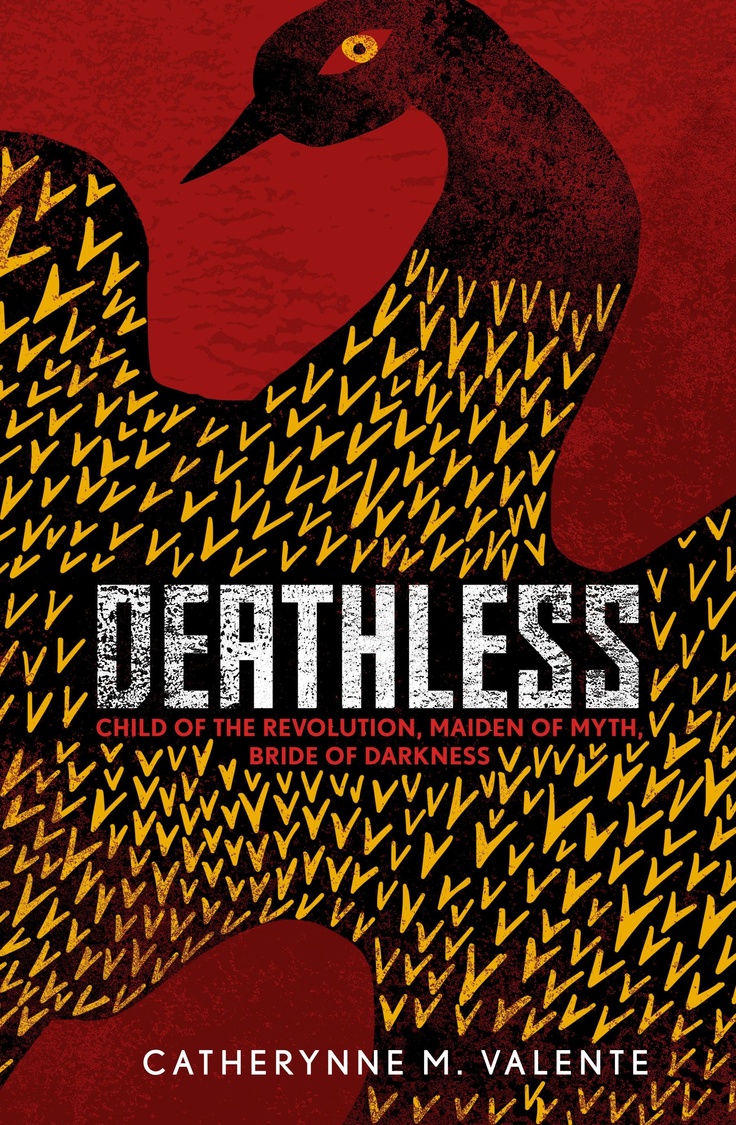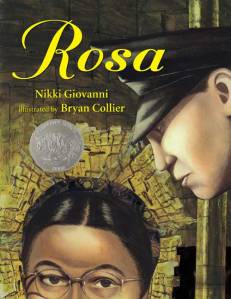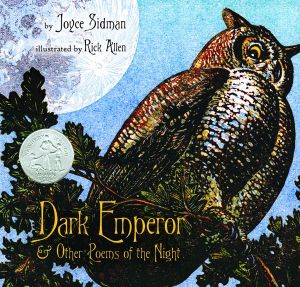 Twenty four years have elapsed since the July 1990 attempted coup by the Jamaat al Muslimeen. Those who recollect the events of those six days in Trinidad and Tobago’s history do so with collective unease, channeling repressed fury and a kind of malaise that’s difficult to translate into common speech. This is what Monique Roffey’s fourth novel, House of Ashes (Simon & Schuster, 2014) seeks to do: to transubstantiate 1990’s Red House horror into fiction that grimly vows never to forget.
Twenty four years have elapsed since the July 1990 attempted coup by the Jamaat al Muslimeen. Those who recollect the events of those six days in Trinidad and Tobago’s history do so with collective unease, channeling repressed fury and a kind of malaise that’s difficult to translate into common speech. This is what Monique Roffey’s fourth novel, House of Ashes (Simon & Schuster, 2014) seeks to do: to transubstantiate 1990’s Red House horror into fiction that grimly vows never to forget.
Roffey, whose third novel, Archipelago, was the winner of the 2013 OCM Bocas Prize for Caribbean Literature, has in her new book a creative undertaking not dissimilar to a holy ritual, one replete with its own unfair allotment of both bodies and blood.
Narrative takes a three-pronged approach in House of Ashes. In addition to segments told in a mostly plot-propelling omniscient voice, the author employs two speakers to shoulder most of the novel’s heavily symbolic baggage. One of them, Ashes, is a mild-mannered, bespectacled scholar, a gentle academic who follows devoutly in the wake of the coup’s enigmatic Leader. Aspasia Garland, Minister for the Environment, is Roffey’s second principal mouthpiece. Garland is one of the government officials held hostage in the House of Power, by the Leader’s gun-toting lackeys (of whom Ashes is also a firearm-wielding, reluctant member.)
Through Ashes and Aspasia, the author works hard to show how terror may share a mutual cell of confinement, in the hearts of both terrorist and victim. Though he adheres to the faith-prescribed tenets of social justice that his Leader has invoked, in this storming of the island’s House of Power, Ashes struggles with doubt. It is Ashes, who, mid-skirmish during the storming of the House, perceives the absurd levy of so much violence. He describes the bloodied scene unfurling before him with a kind of disjointed helplessness:
“Men firing and men returning fire and a clatter of bullet-hail and it didn’t seem to matter who was shooting at who, just that a storm was going on and the revolution was still taking place.”
Aspasia’s accounts are the only ones conducted in the first-person narrative voice, and her fearful bouts of introspection summon a dreadful immediacy to the novel’s proceedings. Unable to rest easily during the prolonged occupation of the House of Power, Aspasia regards the malevolent forces surrounding her in sinister, allegorical terms. “The darkness activated my deepest fears,” she thinks:
“Would the looters be able to climb through the windows? Would jab jabs now show up in the dead of night? Would the gunmen shed their combat fatigues to reveal themselves as devils underneath?”
Ashes and Aspasia are citizens of Sans Amen, though this fictitious island, relocated to the northern end of the archipelagic chain, is easily and identifiably Trinidad, beneath the patina of a reissued title. Arguably, Roffey is letting herself off the hook here; there are a number of ways in which the novel might have benefitted from bravely claiming this story as Trinidad and Tobago’s, in every appellative act possible.
Still, the examination of Sans Amen’s political climate, and its history of quelled insurgencies, is intricately constructed, then distilled through the dissatisfaction of the island’s people. Sans Amenians are a caustic, confrontational lot, though not immune to their own passive occupations of cowardice, and fleeting moments of grace. The author paints both the principal and unnamed characters who reside here with thoughtfulness, using her considerable boon for human portraiture to render them as real people.
Is this the definitive coup novel that Trinidad and Tobago needs? No, perhaps it is not. House of Ashes is lit from within by an earnest fire, and the quality of Roffey’s vast intentions here is more convincing than the work she’s produced. This is emotionally-charged fictive reportage, a dizzyingly ambitious treatment that inevitably falls short, but has the assiduous and requisite strength to at least fall well.
In sensitive, brave prose (marked by forays into repetitiveness), Roffey shows the reader that human animals all respond in essentially the same ways, when staring down the steel barrel of their own fear. Though House of Ashes cannot be thought of as a 1990 coup primer, what it gets undeniably right is our primordial response to terrorism.

This review first appeared in its entirety in the Trinidad Guardian‘s Sunday Arts Section on August 3rd, 2014, entitled “Converting real horror into fiction.”

 Published by
Published by 


 There are various iterations of his accursed name, but in Slavic folklore, Koschei the Deathless augurs ill, particularly for the beautiful, chaste maidens he lures into his lap. As the ancient stories have it, Marya Morevna is his opposite: a steel-tempered warrior woman who brings the immortal, undying Tsar to heel, with chains and with stratagems. Russian children cut their teeth on these parables, and in their imaginations, such figures are hewn from the stardust of reality, fashioned in the space where our inherited stories possess, in their childhood telling, the greatest strength.
There are various iterations of his accursed name, but in Slavic folklore, Koschei the Deathless augurs ill, particularly for the beautiful, chaste maidens he lures into his lap. As the ancient stories have it, Marya Morevna is his opposite: a steel-tempered warrior woman who brings the immortal, undying Tsar to heel, with chains and with stratagems. Russian children cut their teeth on these parables, and in their imaginations, such figures are hewn from the stardust of reality, fashioned in the space where our inherited stories possess, in their childhood telling, the greatest strength.
 I feel compelled to share with you that my hands are shaking, a little, as I write this down. Reading books like these pry at the elusive answer to the unspoken question of how deeply an experience, literary or otherwise, can mark us, until we begin to chafe gracelessly against the semaphore of its instruction.
I feel compelled to share with you that my hands are shaking, a little, as I write this down. Reading books like these pry at the elusive answer to the unspoken question of how deeply an experience, literary or otherwise, can mark us, until we begin to chafe gracelessly against the semaphore of its instruction. First published in 1977. This edition: 2012,
First published in 1977. This edition: 2012, 

 It’s December 1st, 1955. After a day of work at her seamstress’ job in Montgomery, Alabama, Rosa Parks boards a city bus from its hateful Coloureds entrance, and takes a seat in the vehicle’s neutral section, where both blacks and whites can sit. Looking forward to returning home and cooking her husband something special, Parks’ positive daydreaming is interrupted by the bus driver’s belligerent demands that she surrender her seat to a white passenger. As anyone with a smidgeon of knowledge on the African-American Civil Rights Movement will tell you, Rosa Parks refused – not with equal hostility, but with a calm, undaunted resolve that has etched her name into history books, monuments and national holidays. Giovanni’s faithful, poetic retelling of Parks’ story takes the reader onto that very bus, and beyond it, to the Montgomery Bus Boycott that her actions springboarded into life. It includes the nomination of Martin Luther King, Jr. as the official spokesperson for anti-segregation laws, sparking a nonviolent movement towards equality in the Constitution of the United States.
It’s December 1st, 1955. After a day of work at her seamstress’ job in Montgomery, Alabama, Rosa Parks boards a city bus from its hateful Coloureds entrance, and takes a seat in the vehicle’s neutral section, where both blacks and whites can sit. Looking forward to returning home and cooking her husband something special, Parks’ positive daydreaming is interrupted by the bus driver’s belligerent demands that she surrender her seat to a white passenger. As anyone with a smidgeon of knowledge on the African-American Civil Rights Movement will tell you, Rosa Parks refused – not with equal hostility, but with a calm, undaunted resolve that has etched her name into history books, monuments and national holidays. Giovanni’s faithful, poetic retelling of Parks’ story takes the reader onto that very bus, and beyond it, to the Montgomery Bus Boycott that her actions springboarded into life. It includes the nomination of Martin Luther King, Jr. as the official spokesperson for anti-segregation laws, sparking a nonviolent movement towards equality in the Constitution of the United States. This collection begins with a nocturnally winsome invocation, “Welcome to the Night”, in which these dark hours are described with as much liveliness and imaginative engagement as any merry daylight revel:
This collection begins with a nocturnally winsome invocation, “Welcome to the Night”, in which these dark hours are described with as much liveliness and imaginative engagement as any merry daylight revel: Published by in 2012 by
Published by in 2012 by 
 Published in 1999 by
Published in 1999 by  Chance encounters have an often-mystifying way of turning one’s life around. This is the case for Second Lieutenant Adrian Mendez and Cory Phillips, who meet under unfortunate circumstances at a police station, in the early hours of New Year’s Day. Mendez, a former U.S. Marine, has returned to his homeland of Trinidad, in the interests of serving and protecting his countrymen. Instantly mesmerized by what he describes as Cory’s “sun-kissed island goddess” beauty, Adrian soon comes to realize that the alluring, intelligent Ms. Phillips is unlike any woman he’s ever known. As he steadily falls for her, despite the cautions of his closely-guarded heart, Cory also struggles with her feelings for this enigmatic, dashing military man. As a woman with more than ample reason to despise the armed forces and what they represent, the island goddess’ emotions for this man in uniform are complex from the very start. Will this stop them from expressing their truest selves beneath the relentless blaze of the Trinidadian sun?
Chance encounters have an often-mystifying way of turning one’s life around. This is the case for Second Lieutenant Adrian Mendez and Cory Phillips, who meet under unfortunate circumstances at a police station, in the early hours of New Year’s Day. Mendez, a former U.S. Marine, has returned to his homeland of Trinidad, in the interests of serving and protecting his countrymen. Instantly mesmerized by what he describes as Cory’s “sun-kissed island goddess” beauty, Adrian soon comes to realize that the alluring, intelligent Ms. Phillips is unlike any woman he’s ever known. As he steadily falls for her, despite the cautions of his closely-guarded heart, Cory also struggles with her feelings for this enigmatic, dashing military man. As a woman with more than ample reason to despise the armed forces and what they represent, the island goddess’ emotions for this man in uniform are complex from the very start. Will this stop them from expressing their truest selves beneath the relentless blaze of the Trinidadian sun?